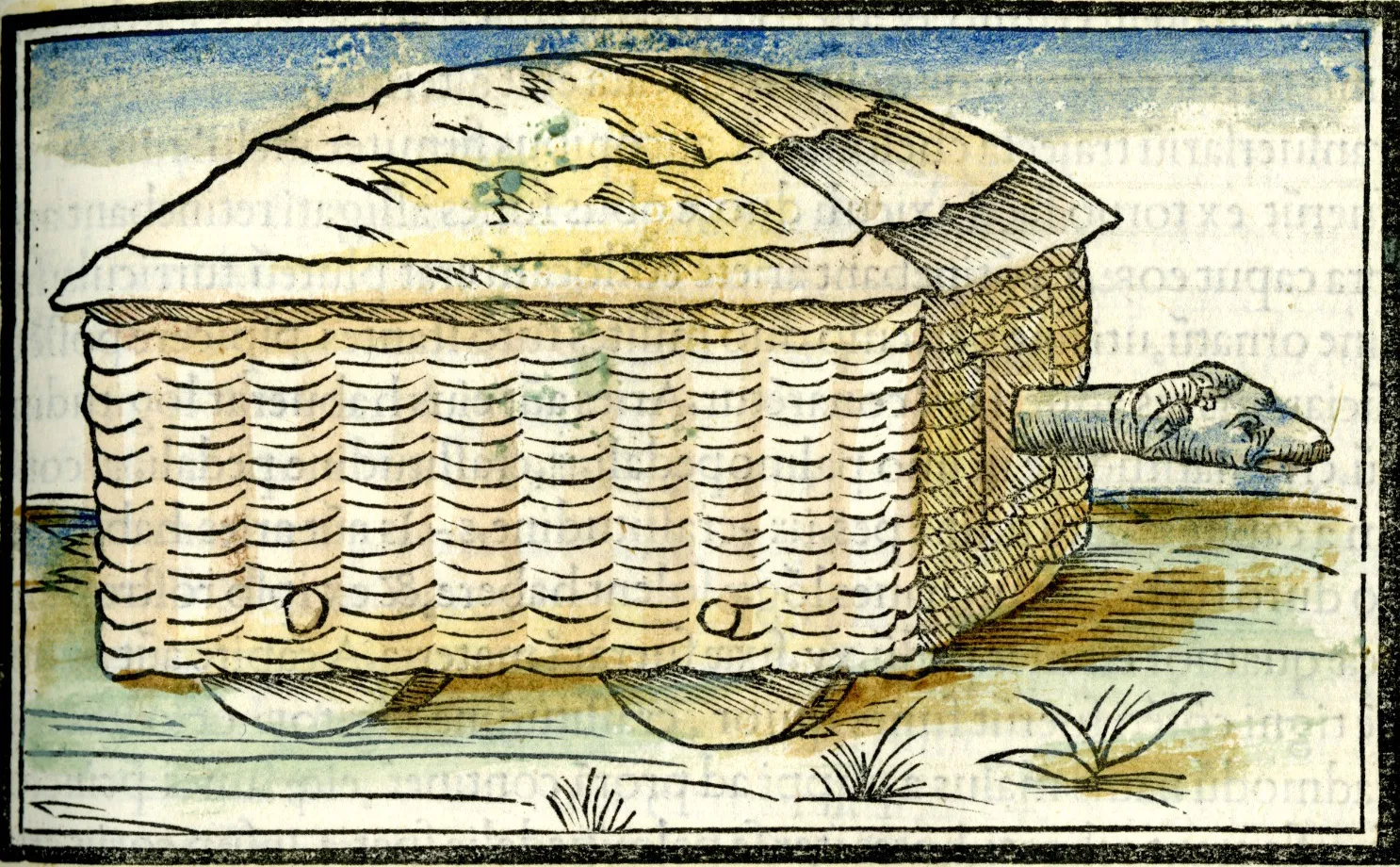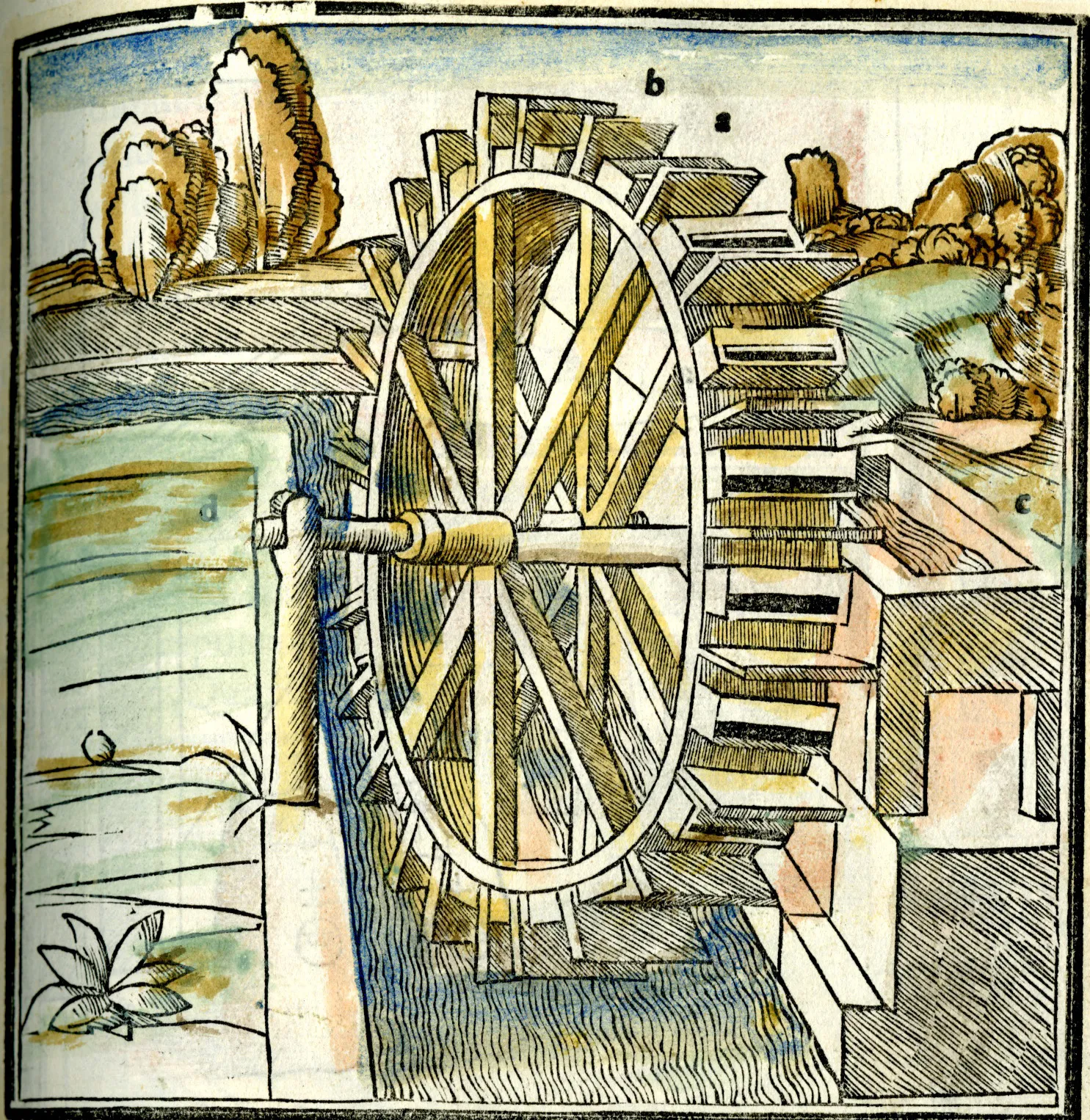Vitruvius (fl.46-30BCE) was an architect, engineer and author of De Architectura libri decem (Ten Books on Architecture). This treatise is the only complete surviving work on architecture to survive from Classical Antiquity.
Little is known about the man except what can be concluded from his writings. Even his full name, place of birth and dates are conjectures. However, we believe he served in the Roman army under Julius Caesar specialising in the construction of war machines which gave him knowledge of military engineering.
During his life Vitruvius became famous as an architect to the emperor Augustus and this work, written between the years 33 and 14 BCE was dedicated to him.
In his work Vitruvius harked back to the ideal architectural forms first epitomised by the Greeks in their design of temples and public buildings. The treatise was based upon Greek professional literature that is now lost. Vitruvius believed that architecture was an imitation of nature and through this understanding one could see the beauty in mathematical symmetry and proportion culminating in the greatest work of art: the human body.
This has been most famously depicted by Leonardo da Vinci with his Vitruvian Man, a human body within the circle and square which Vitruvian believed were the definitive geometric models within the cosmic order.
To understand all of this Vitruvius asserted that architects should follow a broad education that covered arts, sciences, medicine and astronomy.
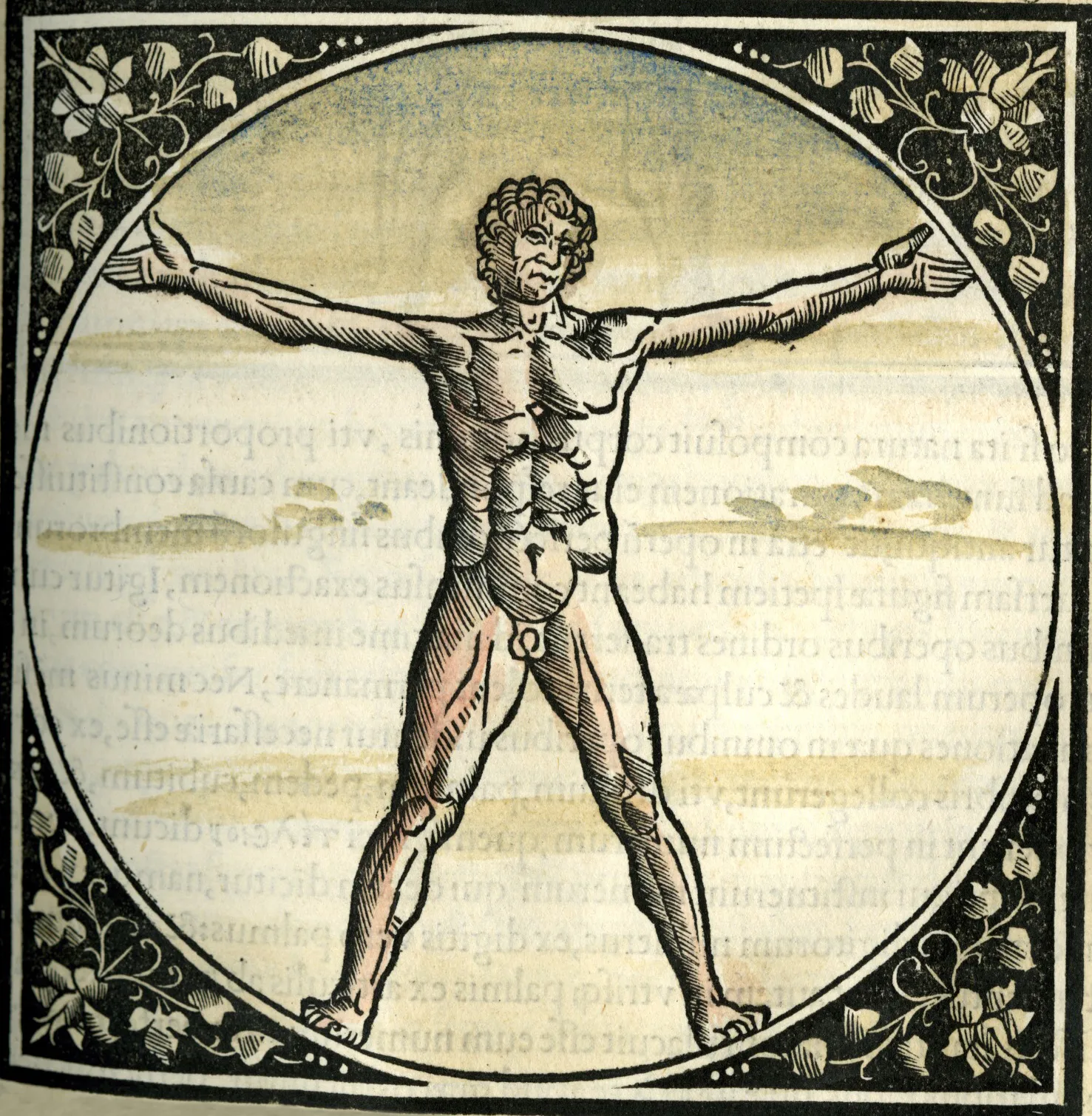
De Architectura is a treatise made up of ten books that cover topics important for the Roman architect who had to have skills in engineering, architecture, art, mathematics, geometry, astronomy, technology and surveying.
Book I covers the necessary training and knowledge the Roman architect must equip himself with while Book II covers the origins of architecture, the history and the different types of building materials used. The Roman architect must acquaint himself with this knowledge as materials behave differently in the various environments or climates found in the Roman Empire.
Books III and IV look at the proportions displayed in Greek temples and the different orders of columns and style.
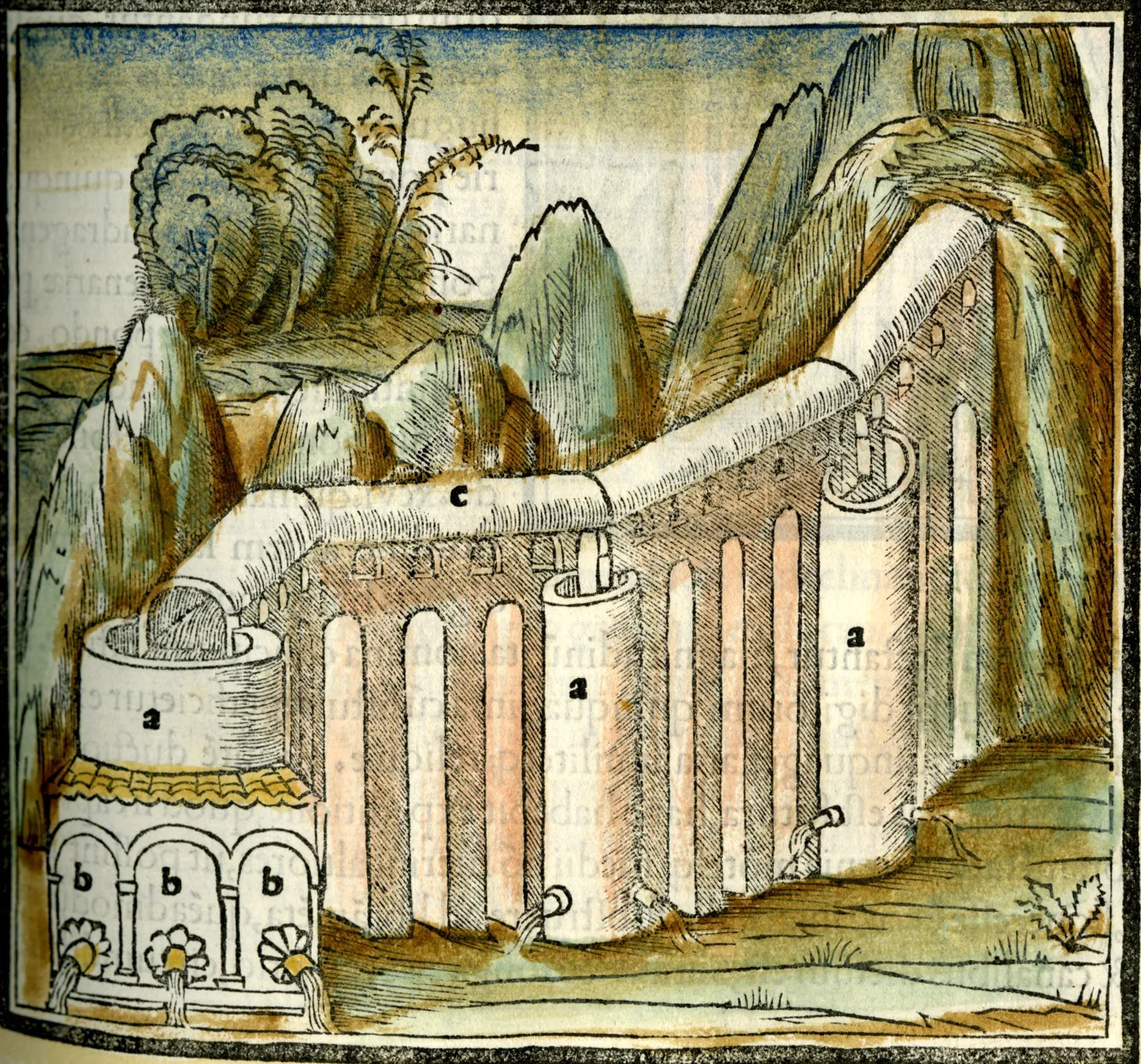
Traditionally these descriptions are the most studied parts of his work by Classical scholars but the other books are equally important for an understanding of public buildings such as the forum, theatres and baths.
There is also much information on domestic architecture such as the function of rooms and advice on interior design, colours and different types of plaster.
The last three books cover the subjects of Roman engineering and technology. Book VIII looks at the amazing engineering feat of transporting water over miles in the design of aqueducts. Book XI studies various technical machines such as sundials and water clocks and technical tools to aid construction.
There is also a discussion about constellations and the planets. Lastly Book X covers civil and military technology including pulley-based equipment for lifting and transporting weight, levers and a hydraulic organ. Of particular note are the descriptions of siege machines and how to defend against them.
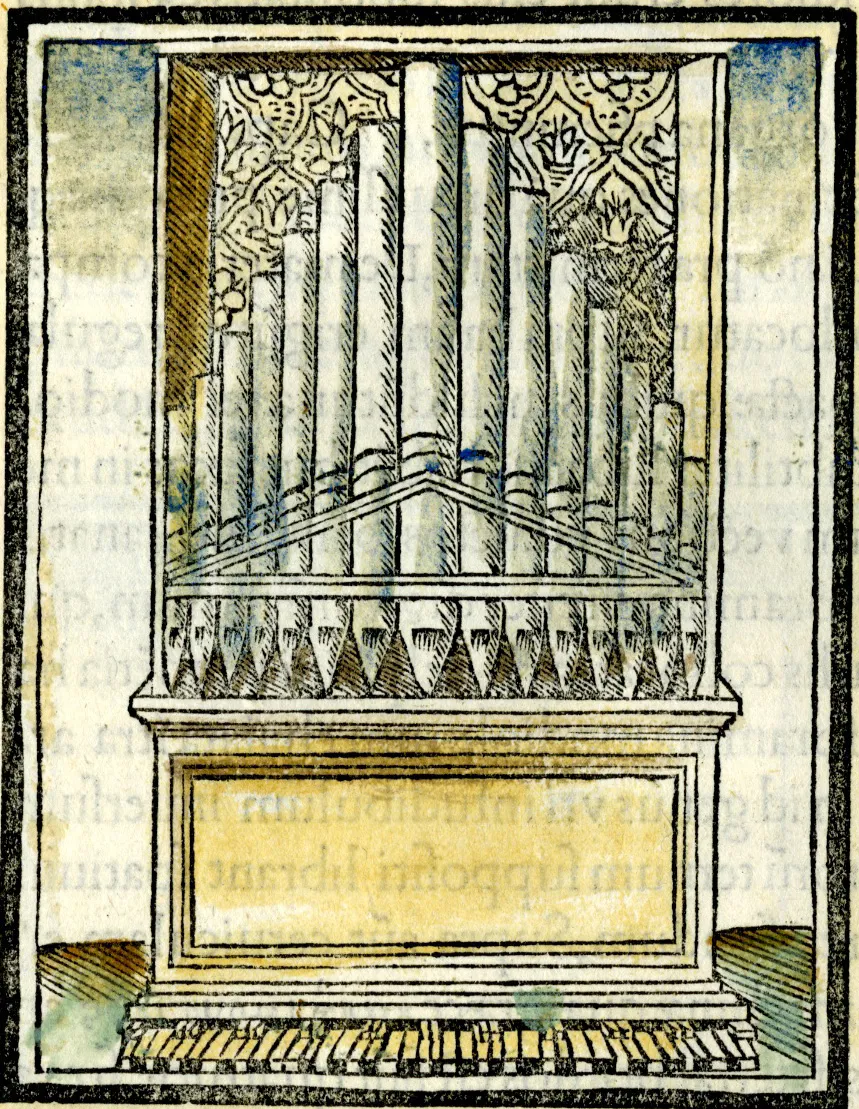
Vitruvius’ work survived through careful copies of manuscripts in the early medieval period but was ‘rediscovered’ and published in 1414.
The first printed edition was published in 1486 with further translations in European languages in the 16th century. The copy held in the S P Thompson rare book library in the IET Archives was published in Venice in 1511 and is the first illustrated edition.
Thompson collected many fine rare and first editions of works that were relevant to the study of engineering. This edition contains many fine woodcut illustrations based on descriptions from the text.
There are examples of the different orders of columns, designs of aqueducts, even a method of central heating under the floor. The machinery includes drawings of cranes, water wheels and the siege towers, one in the shape of a tortoise.
Thanks to the publications in the fifteenth and sixteenth centuries Vitruvius’ work gained in popularity and was considered a serious work for the study of architecture.
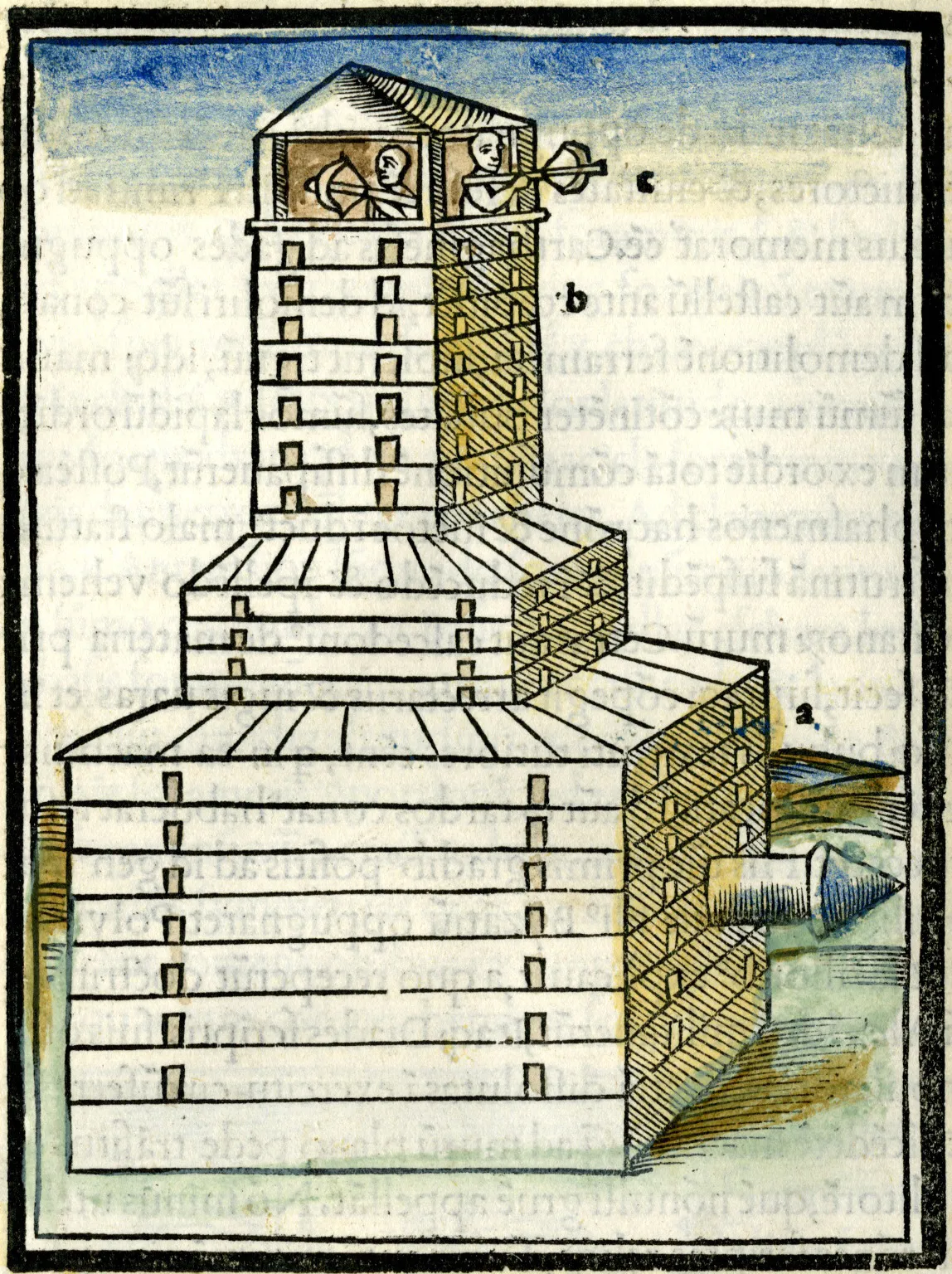
Its rediscovery during the Renaissance helped to stimulate a revival of classical art, architecture and science during that and subsequent periods.
The treatise is also a means of studying Greek art and architecture as well as a study of Roman engineering and technological achievements.
